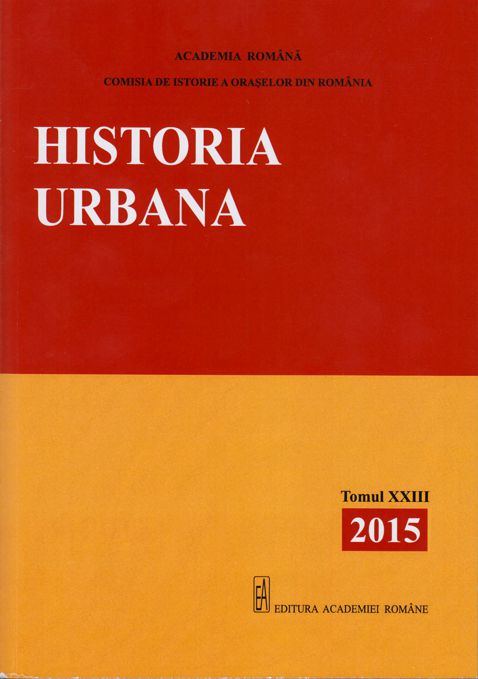Sistemul urban Timişoara; dinamica relaţiei oraş–sat în secolele XVIII−XIX
The „urban system” of Timișoara; dynamics of city – village relationship between the 18th – 20th centuries
Author(s): Teodor Octavian GheorghiuSubject(s): History
Published by: Editura Academiei Române
Keywords: urban system; Timişoara; city; village;
Summary/Abstract: The “Metropolitan Timisoara Area” is a modern concept that has become part of the “local” scientific vocabulary for about 20 years, and reflects an undeniable reality. It defines a network of settlements centered on the city of Timişoara, which is a real metropolis, to the zonal scale. Various components of this network share peri-urban territories, functions and population and establish close and complex relations between them. At this point, the city of Timişoara can no longer be “extracted” from this “conurbation”, being closely connected to the surrounding villages, up to a distance between 15 and 20 km, even more in certain directions. The prospect of future development of the city is precisely linked to this “cloud” of villages, each with its own administrative territory, and with a potential of absorbing some of the functions the city can, for various reasons, no longer support on its own.In an attempt of defining this concept of “urban system” from a historical perspective, this study explores facts that can very well be found and investigated from documents, as well as the sequence of historical city plans from the last three centuries. The medieval past (known from documents and much less from carto-graphic information) becomes a basis, on which the evolution of what we know as “Timişoara urban system” is being analyzed, and this can also be applied as a method of analyzing an even more remote past. The thesis of a symbiotic relationship between city and village is well-known and accepted, at least for the European Middle Ages; the two entities have complementary functions, and are practically inseparable. The evolution of the system of settlements from the respective area shows a continuous expansion of the city’s zone of influence. In the late Middle Ages (Ottoman period) Timişoara is surrounded by a circle of villages, linked to them by tight connections; afterwards, during the second half of the 18th century, the Habsburg administration instates an urban system having the fortified “Cetate” as a center, and four “suburbs” (with a pronounced rural character, despite some urban functions) surrounding it: Fabric, Elisabetin, Iosefin, and Mehala. Until the city was de-fortified around 1900, these suburbs maintained some autonomy; afterwards, they became officially and were topographically integrated to the city. This urban system was now surrounded by a second circle of rural settlements, which maintained their old morpho-structures until the end of the 18th century. What followed was a series of urban modernization campaigns, as well as the creation of new peri-urban settlements, as a result of colonization, or due to socio-economic necessity.In the end, based on past experience, the study attempts to suggest future ways of correctly managing urban development, in opposition with the recent speculative real-estate operations, which already lead and will continue to lead to aberrations in the expansion of the real and legitimate urban area.
Journal: Historia Urbana
- Issue Year: XXIII/2015
- Issue No: 23
- Page Range: 27-41
- Page Count: 15
- Language: Romanian
- Content File-PDF

